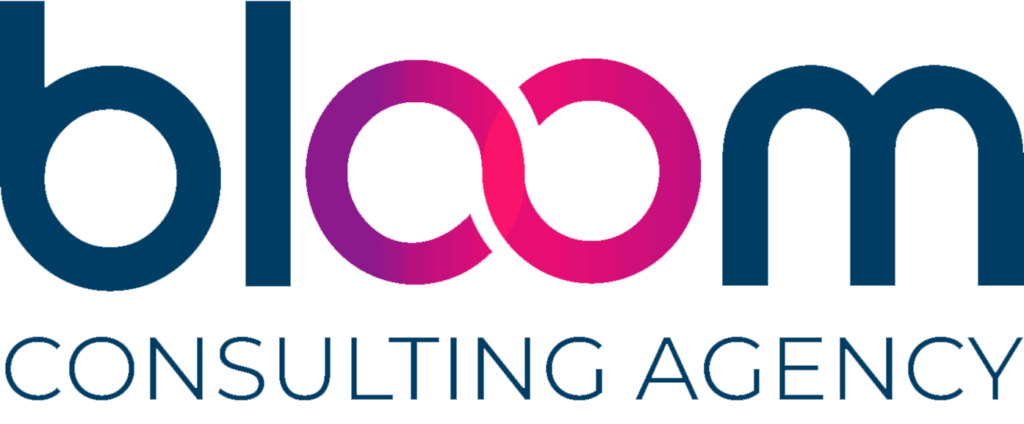What is Succession Planning?
Succession planning processes can take months to design. Identifying crucial job skills, organizational practices, social relationships, and employee knowledge to keep the ideals and beliefs of an organization strong are what’s at stake. After all, the goal of keeping the company vision in mind while knowing personnel changes that will take place. Therefore, succession planning best practices can mean the difference between chaos and stability.
Planning is the key word when attempting to install succession planning best practices. Building an organization structure chart of the company’s needs—including its future needs—is the foundation for success. Finding the right people to fit into the right places is the goal of succession planning. This not only takes time, it takes a leadership that understands the guidelines for success. A strong planning strategy should also identify gaps in personnel coverage.
Proven succession planning best practices revolve around some general approaches. Depending on your company needs, you may want to consider the following approaches:
- Competitive Approach: Usage of intensified assessments and development possibilities through a strictly process oriented approach. However, this approach has been known to be cold and impersonal.
- Comfortable Approach: Based on individual employee tenure and reputation.
- Compliant Approach: A standardized objective process is in place through needs and practices.
- Most recommended approach is the Centered Approach: Known as a well-balanced approach, the Centered Approach considers all possible impacts on employees and processes in order to keep the selection process objective.
Succession Planning Best Practices
To stay organized and thorough in your succession planning, try to utilize the data from protocols already implemented. In building the organizational tree of personnel, it is important to consider growth rates, present employee skill sets, and future growth needs of the organization. Administrations must communicate departmental needs for present and future growth. Using a prepared template for succession planning could prove to be a beneficial tool.
1. Identify the goals of your organization
Begin by identifying goals for the succession planning best practices. Next, be specific and state both purpose and goals. This will allow for later assessment of successes and future possibilities or opportunities.
2. Define competencies
Determine exactly which skills, abilities, knowledge, and personal characteristics are necessary to meet the demands of each job set. Moreover, try breaking these determinations down further to figure out which matches best with technical or leadership-based designations.
3. Assess employee performance and career development into the process
Annual performance reviews and other assessment formats can aid in strategizing the possibilities of placing required personnel in integral positions that are open or developing.
4. Consider candidates and their career goals
Plan for the in-house strategic movement of personnel by implementing options for training, mentoring, or shadowing. Additionally, look for educational opportunities that can go into the plan.
5. Look to accelerate development
After determining your needs, identify personnel development plans to fulfill the requirements for open and future positions. Opportunities that could be utilized in forming required educational requirements include:
- Mentoring
- Coaching
- Networking
- Developmental programs
- Higher educational courses or completion of degrees
- Challenge assignments used for educational experience and added knowledge
- Temporary shadowing assignments
- Institution or system service opportunities
6. Incorporate support systems (and win buy-in from executives)
Form avenues of communication and protocols for future succession planning efforts within the team. Consider feedback from current personnel to determine their own goals and objectives with future employment possibilities.
7. Evaluate Your Succession Program
Review of data collections, evaluation of initial results and determination of adjustments for future planning is crucial to keep succession planning best practices a valuable tool for administrators to utilize.
Consult an Expert about Succession Planning
To be sure, succession planning best practices can be difficult to wrap your head around if not previously implemented within your company or organization. With no formal protocols set up, it may be helpful to use a succession plan template that follows the guidelines outlined. In addition, consultation with an expert regarding your succession plan can guide you more seamlessly through the overall process.
Creating protocols for immediate needs to fill vacant roles, can be the first step in making your own succession planning outline. Offering personnel developmental opportunities can reveal important employee feedback to determine possibilities for future needs. Consulting with experts helps implement succession planning best practices that have a proven success rate with other organizations. Expert consultants can offer tool kits designed for your individual needs.
Succession Planning Best Practices in Florida
In conclusion, when determining the efficacy of your succession planning best practices in Florida, contacting one of our expert consultants could be an important decision. No template for succession planning? Unsure of future growth possibilities? Bloom Consulting can help to fill in gaps that may be missing in your current plan. Contact us to get the ball rolling.









